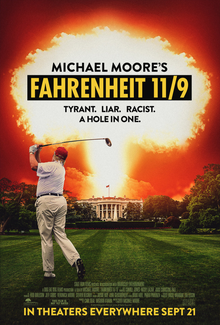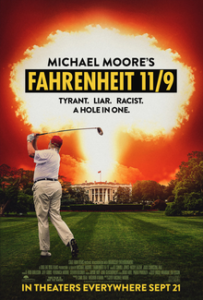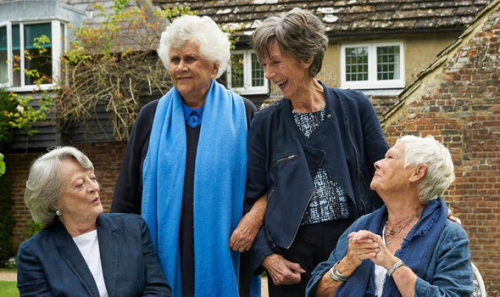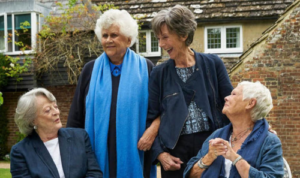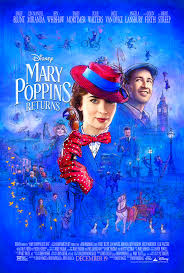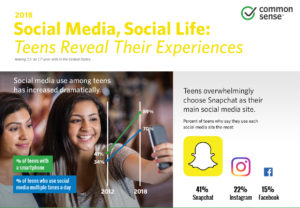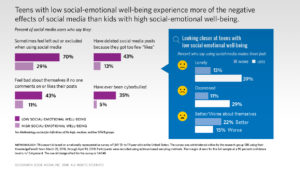In Washington DC: A Special Event for One Of The Year’s Best Docs, America to Me
Posted on September 21, 2018 at 9:49 pm
On rogerebert.com, Brian Tallerico wrote an all-out rave about “America to Me,” the new documentary series on STARZ from the director of “Hoop Dreams.”
A momentous achievement, both a statement on where we are right now in terms of race and how we need to work together to get somewhere better. As he has with films like “Hoop Dreams,” “Life Itself,” and “Abacus: Small Enough to Jail,” James and his team find a way to place their empathetic, individual stories against a larger backdrop of social issues across the country. James is one of our most humanist filmmakers—someone who not only knows how to draw out the most interesting aspects of his subjects’ lives but seems to honestly care about who they are and where they’re going. He’s a cinematic listener, someone who gets comfortable enough with his subjects that he allows their best selves to come out on-screen, and allows us the optimism to think that there are people like the kids and teachers in “America to Me” all around this country—people just trying to get through the day, have their voices heard, and maybe make a difference.
On Thursday, September 27, the 10-city America To Me: Real Talk campaign is coming to Washington, DC with a powerful screening and discussion about race and bias in schools across America and in DC in particular, with leaders including former Secretary of Education John King. The America To Me: Real Talk campaign had its auspicious beginnings in DC – the result of a brainstorm between former classmates Jacquelyn Davis, an attorney turned education reformer and Partner at Education Forward DC, and Holly Gordon, Chief Impact Officer at Participant Media. To attend on the 27th, click here.
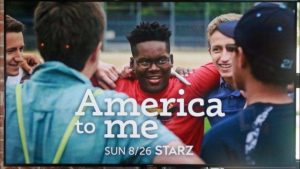
Produced by Participant Media and Starz, the America To Me: Real Talk 10-city campaign is galvanizing a movement nationwide, with thousands of high schoolers, teachers and administrators embracing the series to confront hard questions, address implicit bias, and take action to create more equitable and inclusive schools. So far, more than 1,000 people have attended America To Me: Real Talk screening events, while 590 individual citizens are leading watch groups and 7,083 more have signed up to participate. Kartemquin has more information here..

